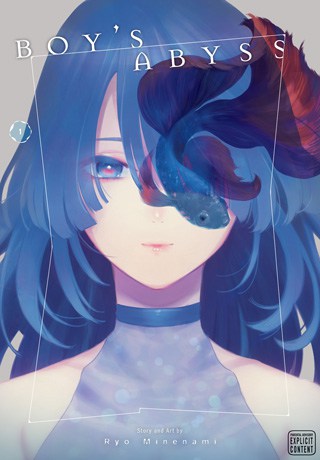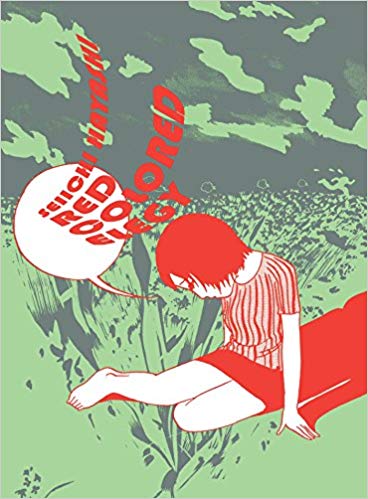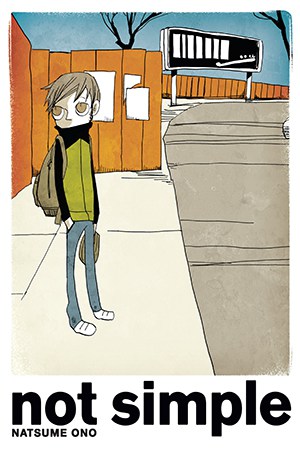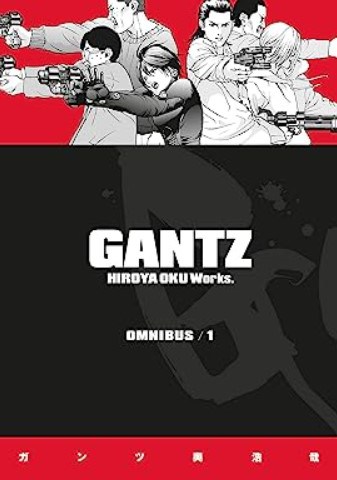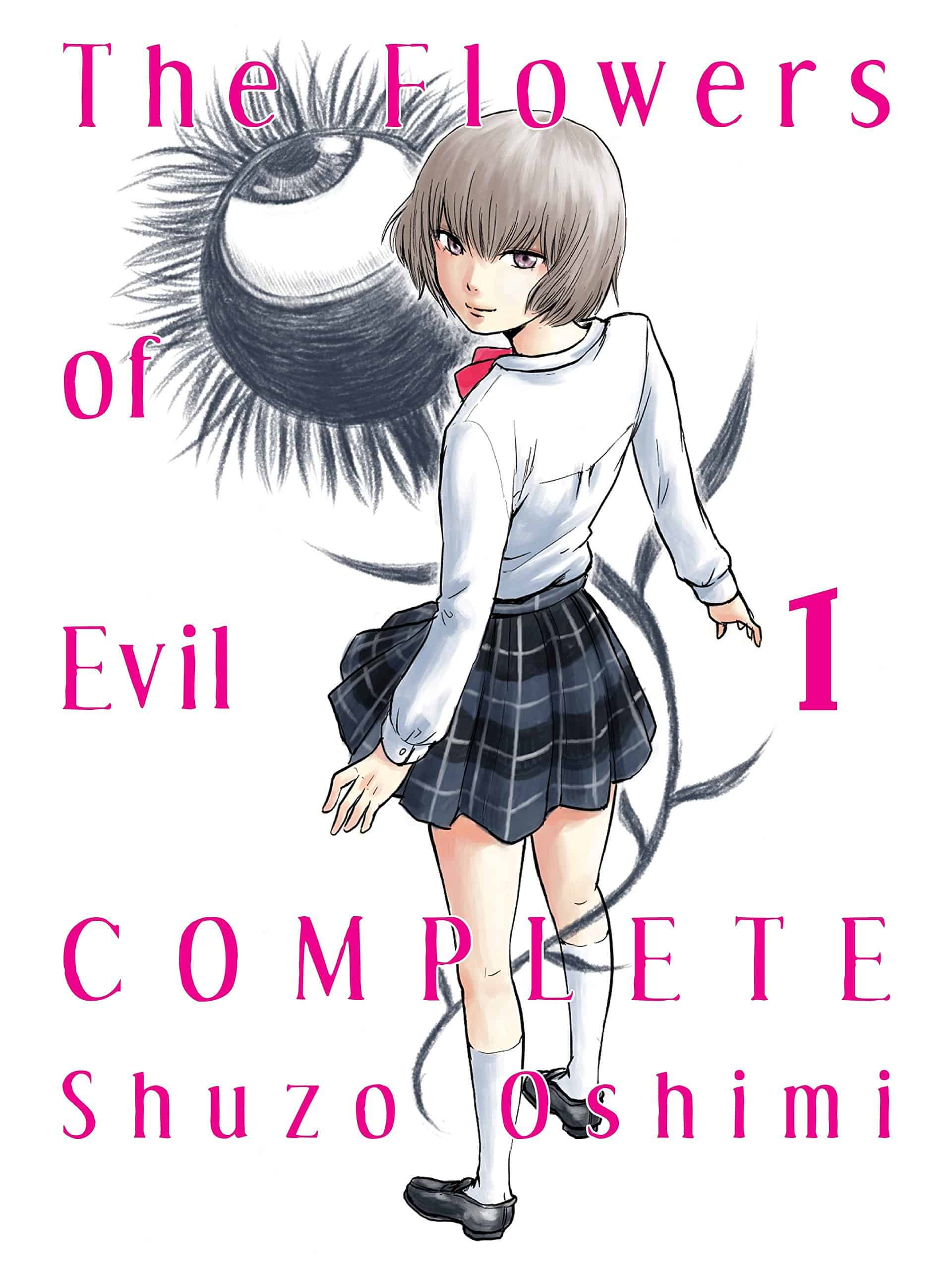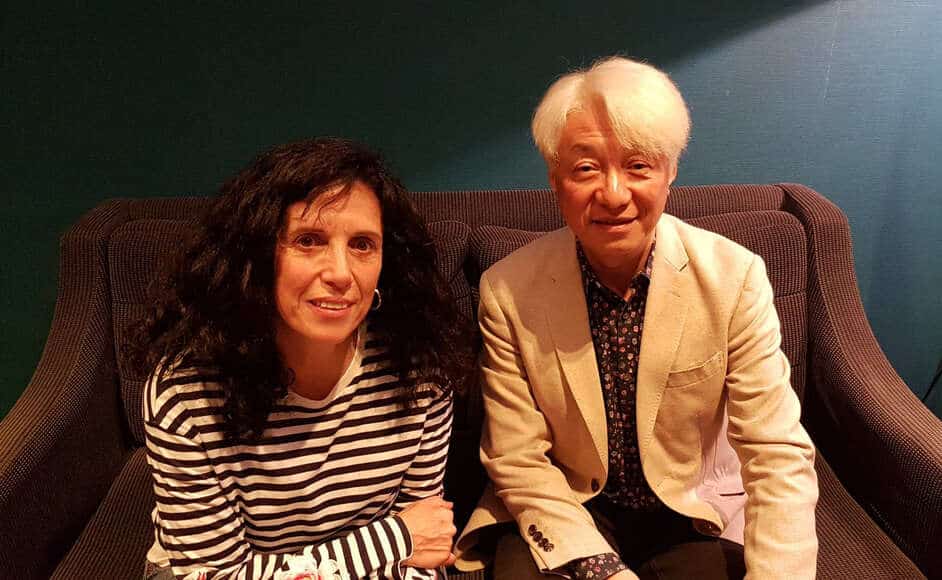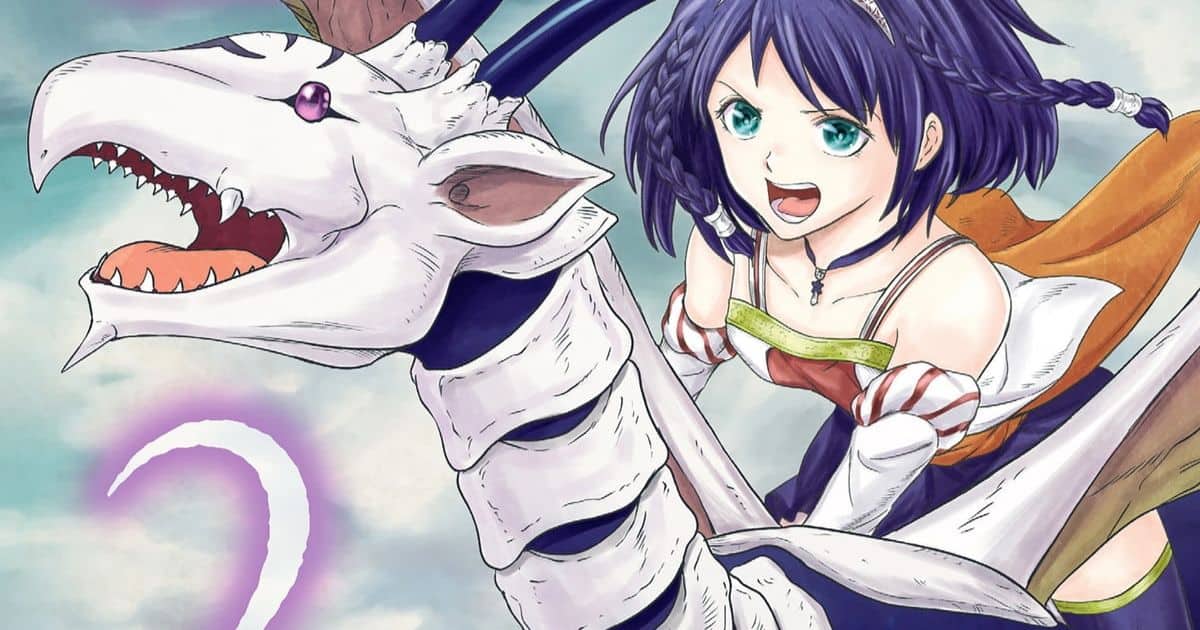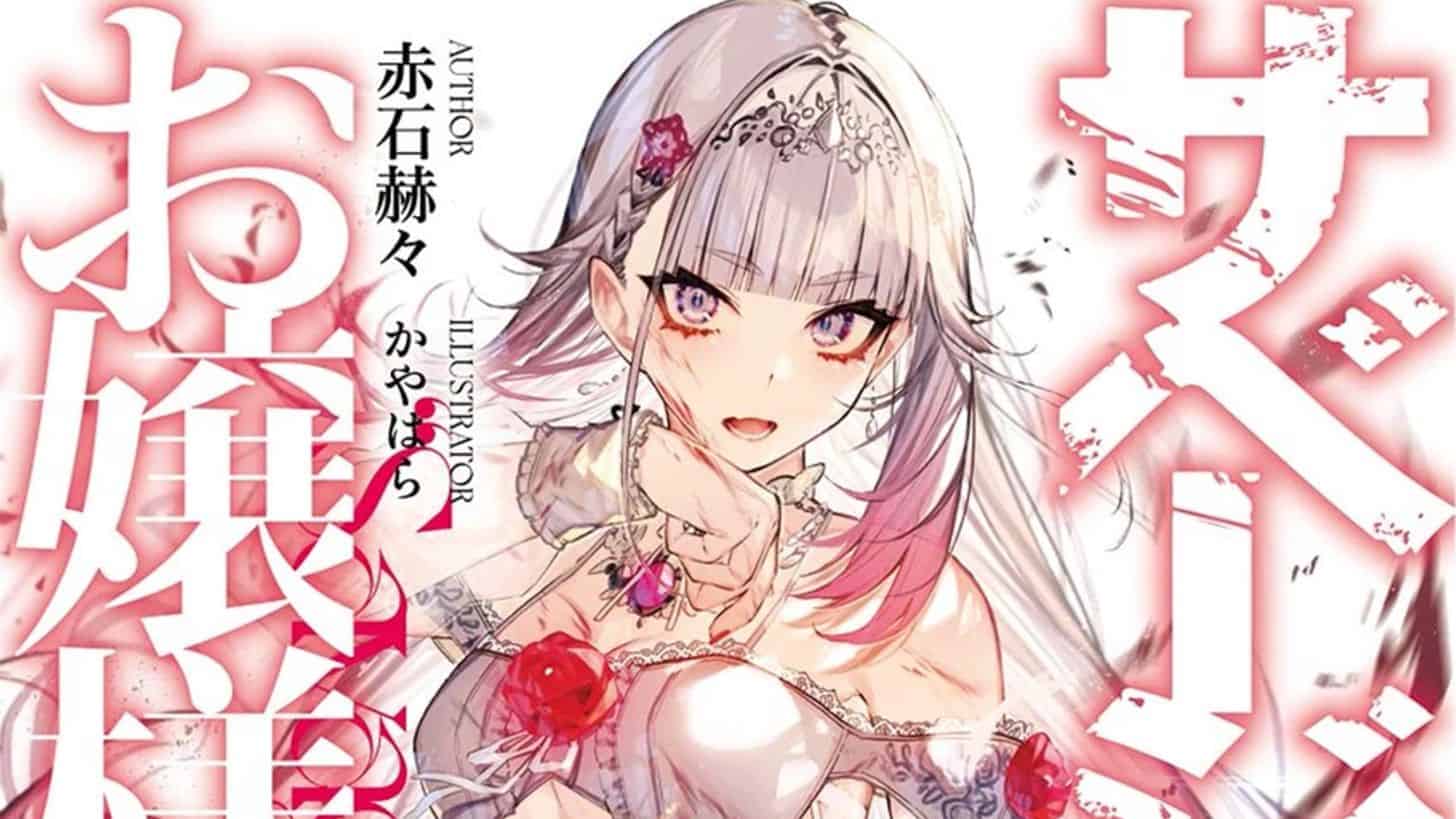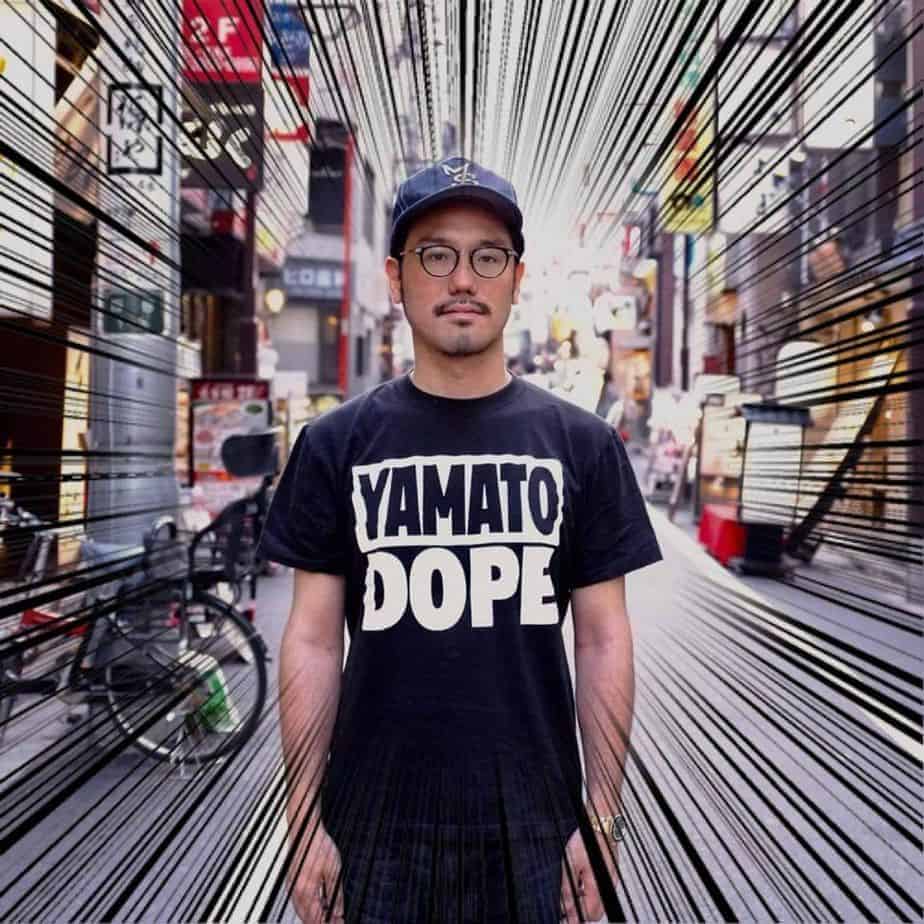10. No Longer Human by Junji Ito

“Plagued by a maddening anxiety, the terrible disconnect between his own concept of happiness and the joy of the rest of the world, Yozo Oba plays the clown in his dissolute life, holding up a mask for those around him as he spirals ever downward, locked arm-in-arm with death.”
It becomes easy to see Yozo Oba as a deplorable human being, but the degree of self-awareness and constant vision of ghosts from the past adds a degree of sympathy. His struggles through addiction, suicidal attempts, and failure certainly take a toll, and the character's degeneration of health and mind reflects regret at his deplorable actions. Yozo Oba becomes a fascinating character study in someone who has lost all humanity and carries the weight of his misdeeds. The portrait of a man on a slow collision course with death makes for a disturbing read, and plenty of moments that punctuate the depravity of a broken mind.
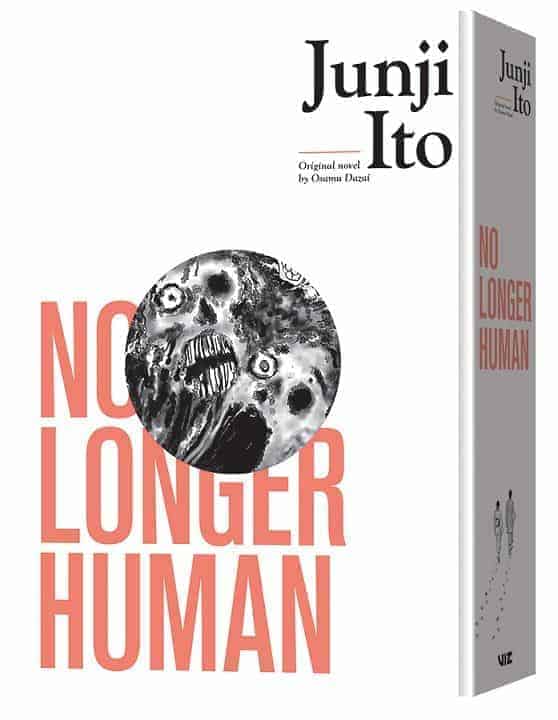
9. Children of Mu-Town by Masumura Jushichi
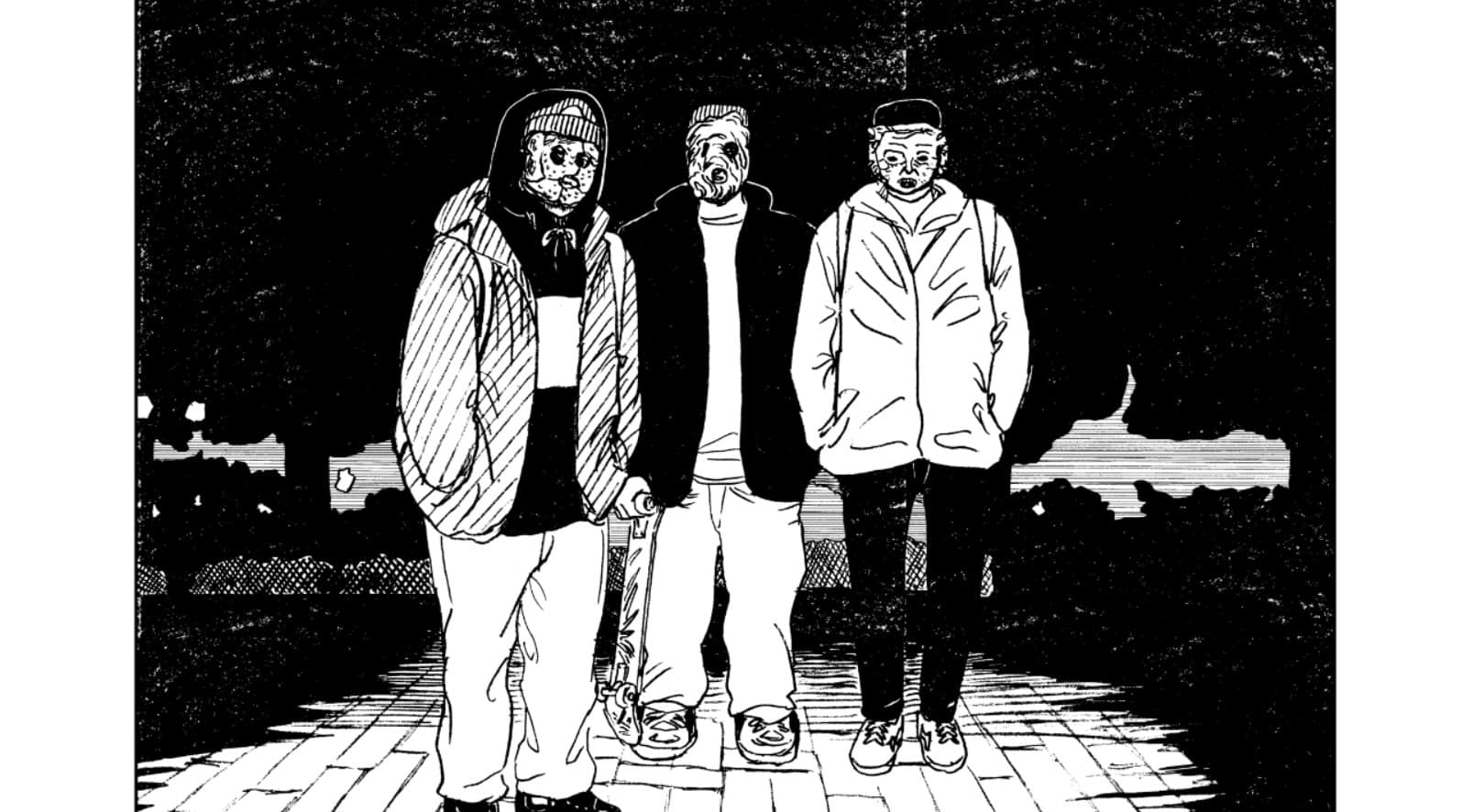
“Children of Mu-Town follows the course charted by youths of an aging residential housing complex who are struggling for their lives: burdened by financial issues, peer pressure, and uncertain futures, ensnared in the clutches of organized crime, they are searching for a way to survive. When a municipal renovation project seems to offer a future of stability for their dilapidated town, the mysterious and far-reaching consequences that their actions set into motion may leave Juichi and his friends with no option but annihilation.”
“Children of Mu-Town” will find favor with an audience that wishes to challenge themselves with alternative storytelling and visual approach. The way that the story slowly unveils itself into exploring broader themes through an eccentric cast of characters will also draw in those that like contemplative work that does not simplify itself to reach as many as possible.
Children of Mu-Town is published by Glacier Bay Books and available digitally through Azuki
8. The Horizon by JH
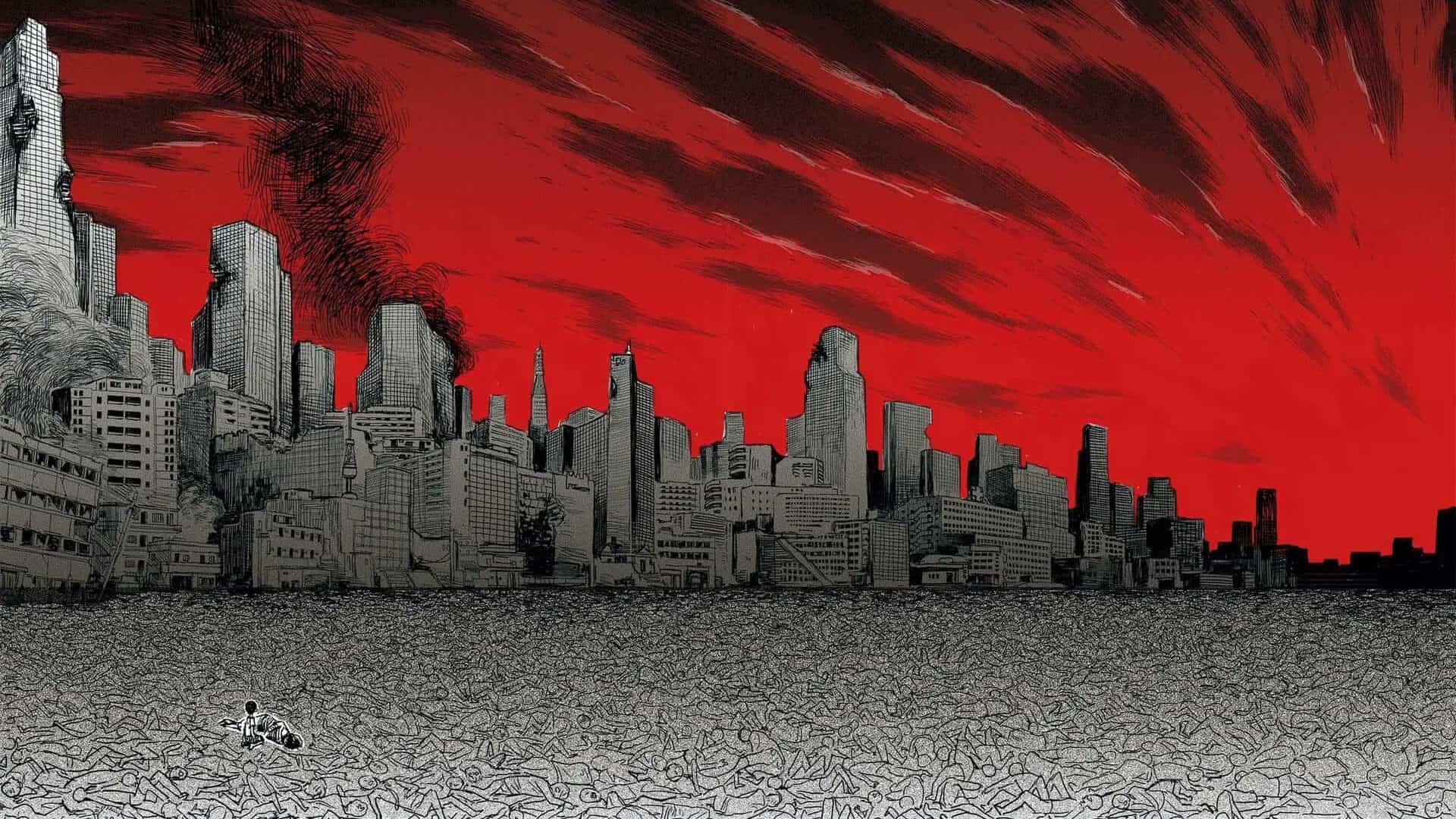
“A world where everything has been lost. A boy and a girl, alone together. A spark of hope, kindled between them. All they can do is move forward. But against broken adults and devastating despair, how long will they be able to keep going…?”
A meditation on suffering, JH's “The Horizon” moves at a considered pace, following the lives of two young kids who have survived a horrific, world-ending disease. The series thrives under its minimalistic approach; pages are left dialogue-free to capture the anxiety and fear of the children as they navigate an uncertain landscape. “The Horizon” is equal parts bleak and tragic, and under the expert guidance of its creator, the manhwa stands as one of the most masterfully told stories to grace the medium.
7. Bones of An invisible Person by Jun Ogino
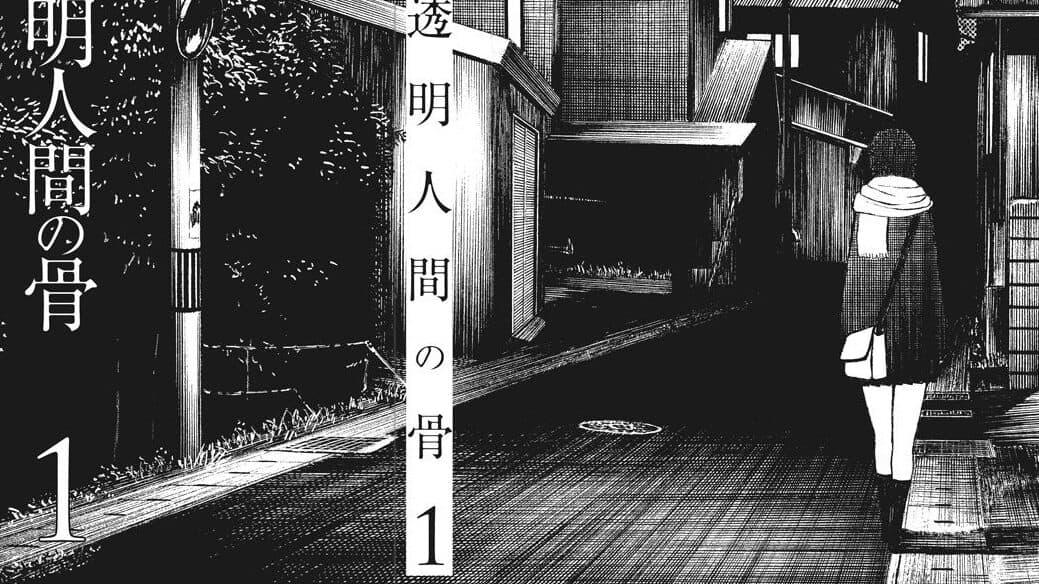
“At first glance, the family of Aya Kinomiya may seem quite ordinary: loving mother, father, and a kind elder brother. However, appearances can be deceiving—Aya's father constantly beats her mother, scolds her daughter, and commits other inappropriate deeds. Because of all this, Aya envies children who actually have loving fathers. One day, once again witnessing a quarrel between father and mother, Aya experiences a great deal of stress, due to which she gains an ability to turn invisible.”
Exploring the weight of abuse within a family, Jun Ogino's “Bones of An invisible Person” captures that feeling of just ‘wanting to disappear' that is commonplace among those suffering from abuse. The manga also navigates the idea of revenge and duty to society with a very unique Japanese perspective, that offers unique insights into the mentality around domestic and child abuse. Thankfully, Ogino explores these themes with a sincerity that makes the book an engrossing read.
Check also this interview
6. Boy's Abyss by Ryo Minenami
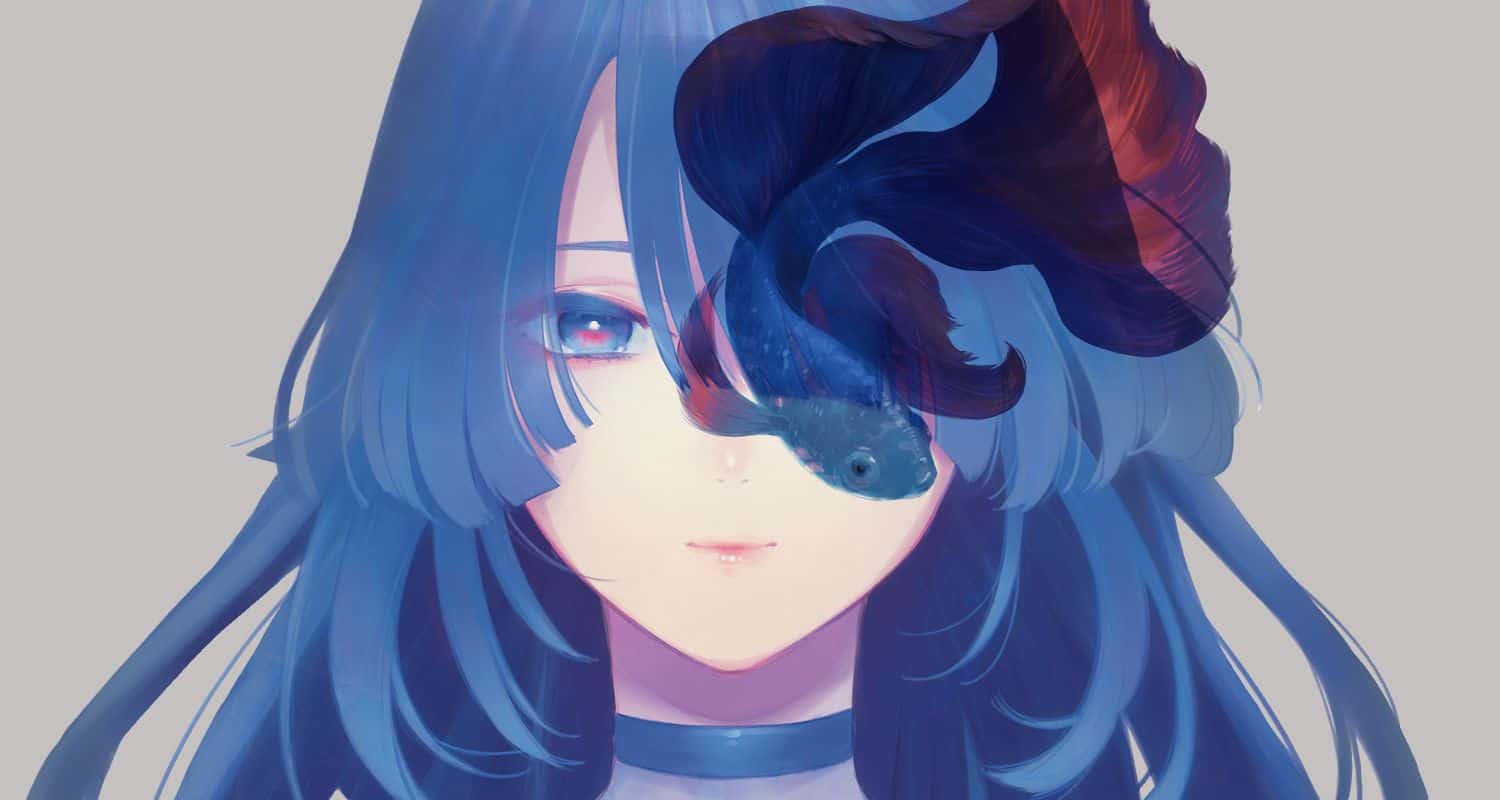
“Reiji's mother is checked out, he's stuck caring for his grandmother with dementia, and his childhood friend treats him like a lackey. Then beautiful, big-city pop star Nagi miraculously shows up working the counter at the local convenience store. Reiji is starstruck. When she offers him the ultimate way out of his claustrophobic existence, will he succumb to temptation…?”
Capturing the anxiety that can come with isolation and throwing in a teenage masturbatory fantasy turned nightmare, Ryo Minenami's “Boys Abyss” is an uncomfortable read. Yet, for those who seek challenging subject matter with a tinge of intense psychological drama the manga packs quite a wallop. While many will appreciate the book at face value, within its sensational premise/dark romantic focus there are subtleties to the series that put it on par with the other iconic creators that are able to navigate the darker side of the human condition. Essentially, Ryo Minenami showcases an understanding of how it feels to struggle with mental health and the pitfalls that exist when one reaches out in desperation to try to squash those feelings.
5. Red Colored Elegy By Seiichi Hayashi

“Red Colored Elegy” chronicles the struggles of two young artists in Ichihiro and Sachiko. Finding themselves disconnected and rejected from the commercial art industry, they struggle to find meaningful employment, which sees their relationship in constant flux.
Seiichi Hayashi's “Red Colored Elegy” reflects on Japanese disenfranchisement in the 70s, within a culture that offered but failed to deliver in growth and development. This sentiment has been heavily explored within movies with the Japanese new wave, but being able to experience the difficulties of an American-occupied Japan from one of the most prominent names of the Japanese underground manga scene of the time through a reflective and surreal narrative is a true treat. The work is heavily influential and acclaimed for good reason.
4. Not Simple by Natsume Ono

“Ian, a young man with a fractured family history, travels from Australia to England to America in the hope of realizing his dreams and reuniting with his beloved sister. His story unfolds backwards through the framing narrative of Jim, a reporter driven to capture Ian's experiences in a novel: not simple.”
“Not Simple” may very well contain the most tragic closing panels in any manga, and the journey to get there is not much better. Exploring the exploitation of vulnerable youth, Natsume Ono creates a modern-day tragedy that will stay indefinitely relative. It can be difficult to face the realities of how people treat their fellow man and how how they can prey on their weaknesses, but it is an important concept to confront to ensure we stay ever-vigilant in combating the exploitation of the young and the impoverished.
3. Gantz by Hiroya Oku
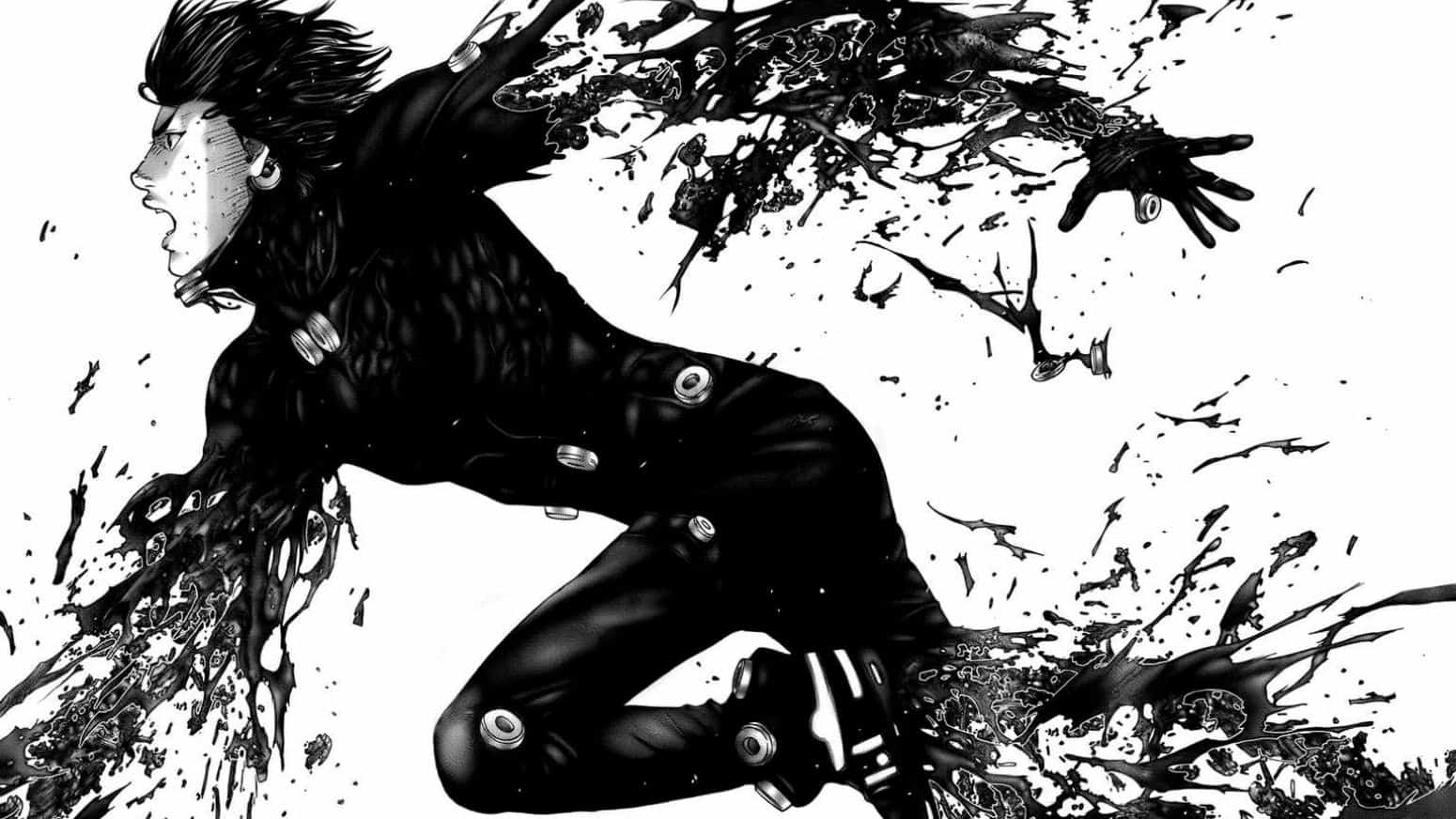
“Tokyo teens Kei and Masaru are struck dead by a subway train but awaken in a room with an ominous black orb that gives them weapons, suits . . . and orders. Fighting and endless stream of bizarre alien monstrosities in a deadly game, will they win their freedom or die for the final time?”
Despite its sleazy and gorey exterior, which promises a sort of B-movies pulp, there is an underlying tension which stops the manga from being mindless fun- “GANTZ” shocks and disturbs more than it entertains. The battles consist of unwilling participants who are only fighting each other for the sake of self preservation. It is a senseless bloodbath, all deaths happen without cause or reason- that is to say unromantically. It seems as if the author Hiroya Oku thrives on the unexpected, which makes him seem very indifferent to the lives of his characters. He will use entire chapters to introduce new participants, giving them backstories and characterization usually only reserved for the main cast-only to kill them off in the very next scene. Even those usually protected under ‘plot armor' are not safe in the hands of Oku. (Palomo Linares)
2. Rainbow by George Abe & Masasumi Kakizaki

“Set in the 1950s, the story centers around six junior delinquents and their mentor at the Shōnan Special Reformatory near Tokyo. The manga follows the boys' lives during their time in the school and the years after they leave, highlighting the struggles the lower class faced in post-war Japanese society.”
Drawing from his personal experiences, George Abe's depiction of the violence and sexual exploitation of young men in the reformatory system makes the opening volumes of “Rainbow” deeply upsetting and harrowing. The boy's time in the reformatory carries over into their adult lives as they struggle to make a living while still dealing with the ghosts of past transgressions. However, Rainbow‘s defining feature comes from celebrating the friendship between the men and how their bonds allow them to navigate any challenges and deal with the heinous crimes committed against them in their youth.
1. The Flowers of Evil by Shuzo Oshimi
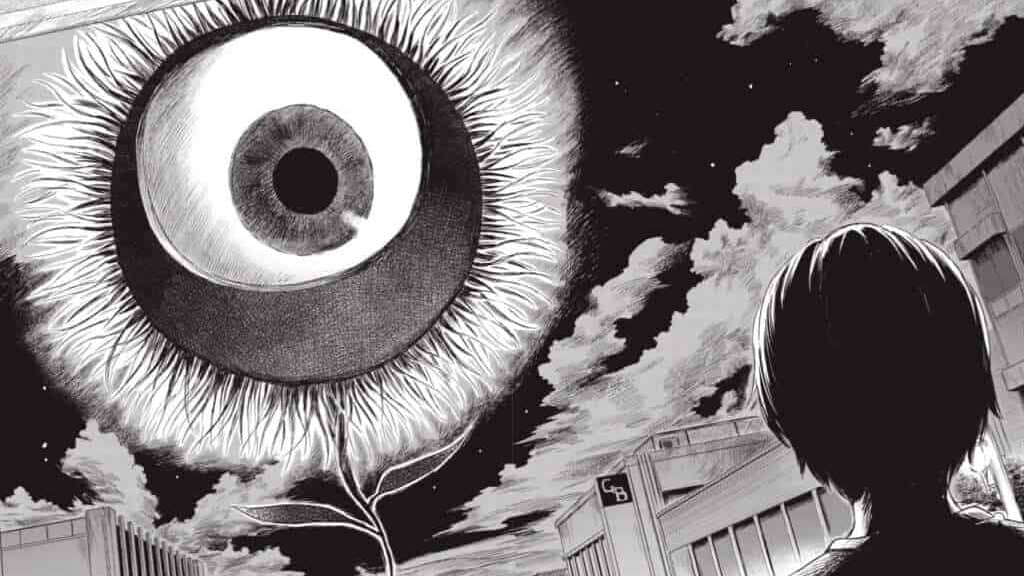
“”The Flowers of Evil” follows the adventures of a lonely, bookish teen struggling to find his identity through Baudelaire's poetry, until two girls—a beauty and a bully—help him find true love and friendship. Edgy, intense, and romantic, “Flowers of Evil” explores issues of bullying, loneliness, individuality, and identity.”
“The Flowers of Evil” is not escapism, it's more akin to being trapped in a situation with the characters. Many readers have confessed that the manga made them feel depressed, and Oshimi has even talked about the sentiment of “depression as entertainment.” It isn't a manga you read to lose yourself in a story, but rather the opposite, you read it to discover the most unsavory parts of your character. It goes without saying that the faint hearted should be trepidatious, but the same warning applies to everyone. Still, despite “The Flowers of Evil”'s cruel narrative, those who choose to stick by its characters will be rewarded with beautiful art, and a story that is as cold as it is heartfelt.



